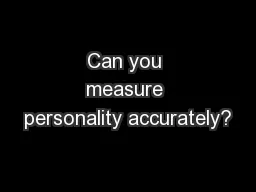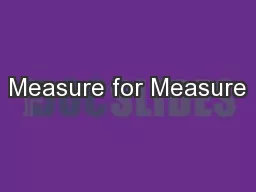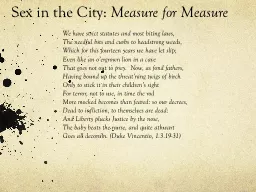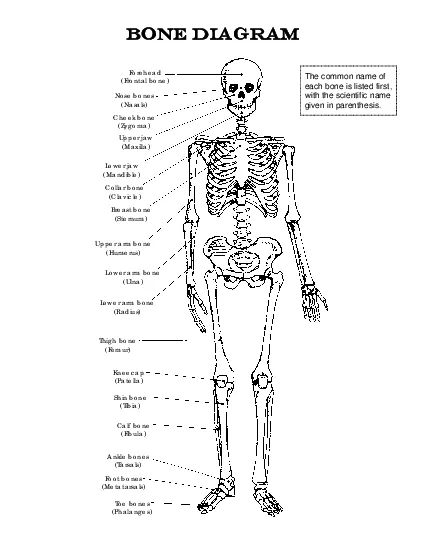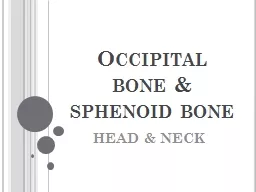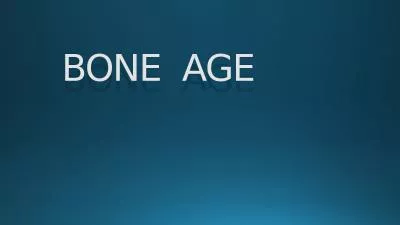PPT-In the name of God Bone Quality: What is it and can we measure it?
Author : ava | Published Date : 2024-02-16
Mohammad Hossein Dabbaghmanesh Professor of internal medicine Shiraz Endocrine and Metabolism Research Center Focusing Only on Bone Identifies Less than Half
Presentation Embed Code
Download Presentation
Download Presentation The PPT/PDF document "In the name of God Bone Quality: What is..." is the property of its rightful owner. Permission is granted to download and print the materials on this website for personal, non-commercial use only, and to display it on your personal computer provided you do not modify the materials and that you retain all copyright notices contained in the materials. By downloading content from our website, you accept the terms of this agreement.
In the name of God Bone Quality: What is it and can we measure it?: Transcript
Download Rules Of Document
"In the name of God Bone Quality: What is it and can we measure it?"The content belongs to its owner. You may download and print it for personal use, without modification, and keep all copyright notices. By downloading, you agree to these terms.
Related Documents




